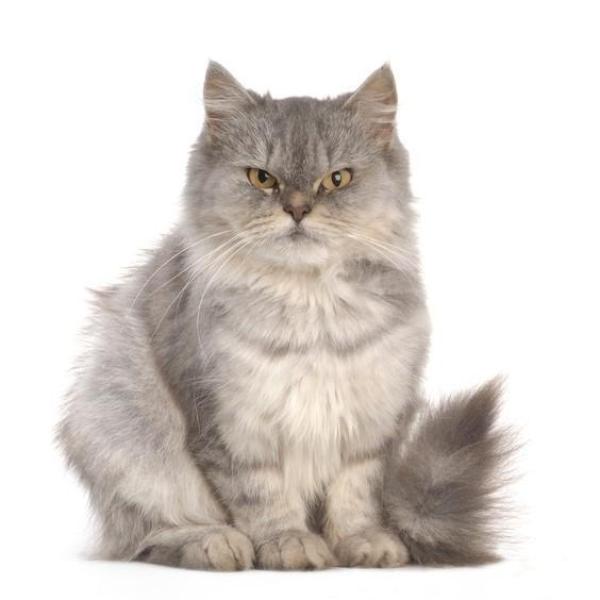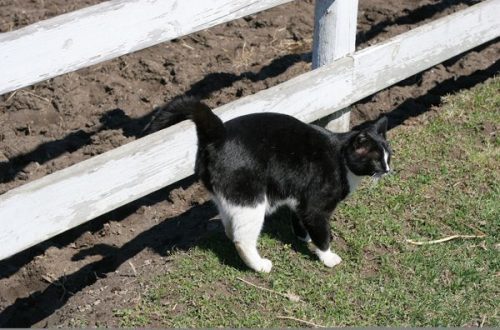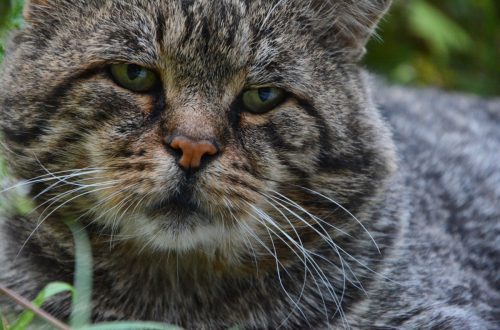
Болести перзијскиһ мачака
Kidneys and heart
Persians often have polycystic kidney disease, which can lead to kidney failure, usually by the age of 7-10. This is a fairly common disease – up to half of all Persians are at risk. Frequent urination, low appetite, depressive state of the animal and weight loss can signal the onset of the disease. If these symptoms appear, take the animal to the veterinarian immediately.
Persian cats have various diseases of the cardiovascular system. Hypertrophic cardiomyopathy is common (hereditary disease, thickening of the wall of the ventricle of the heart, usually the left), which, if not properly treated, can be fatal. Manifested in cats rhythm disturbance, signs of heart failure – fainting. In 40% of cases, it may not manifest until sudden death. To diagnose the disease, an ECG and echocardiography are performed. True, among representatives of the Persian breed, the disease is not as common as, say, among Maine Coons, and, as a rule, cats suffer from this disease more often than cats.
Eyes, skin, teeth
Far more Persians are prone to such a congenital disease as progressive retinal atrophy, which leads to blindness very quickly – by about four months after birth. The disease manifests itself in the first or second month.
Persians are one of the largest cat breeds. And, like the same Maine Coons, they have a tendency to develop hip dysplasia.
Persians also have various skin diseases – less life-threatening, but bringing discomfort to the animal. To prevent them, the cat should be bathed regularly with a special shampoo for long-haired animals, combed daily with soft brushes and at the same time inspect the skin. A serious danger is basal cell skin cancer, which can occasionally occur in cats of this breed. It affects the head or chest of the pet. More than many other breeds, Persians are prone to dental problems: plaque quickly forms on them, tartar appears, and gum problems can begin – gingivitis. Therefore, it is necessary to carefully monitor the condition of the pet’s oral cavity and pay attention to changes in tooth enamel and the smell from the animal’s mouth.
Not dangerous but annoying
There are diseases that most often disturb animals and their owners and have almost one hundred percent prevalence among Persian cats. True, they do not pose a particular danger to the health and even more so the life of pets. We are talking about increased tearing of the eyes and breathing problems caused by the structural features of the flat muzzle of a cat. The first is due to the fact that the lacrimal canals in Persians are almost completely blocked, which is why cats and cats of this breed can be called chronic crybabies. For the most part, this is a cosmetic defect, but it brings some discomfort to pets. To reduce it, wipe the eyes and face of your pet every day with a soft cloth or napkin. Breathing problems in Persians are practically impossible to eliminate – this is a consequence of a shortened nasal septum. This does not threaten the life of the animal, but provokes frequent sniffing and snoring in a dream, which can be considered as some funny feature of Persian cats.
They say that absolutely healthy people do not exist. The same can be said about cats. But competent care, regular visits to the veterinarian, careful care of your beloved pet, including the prevention of genetic diseases, will help prevent the development of diseases in Persian cats or alleviate them. And to the question: “How long do Persian cats live?” – it will be possible to answer with confidence: “15-20 years!”





